2025
04/26
Medical
robots
Medical Robots:
More Than Just ‘Cold’ Assistants!
—— Medical robots: more than just “cold” assistants! ——
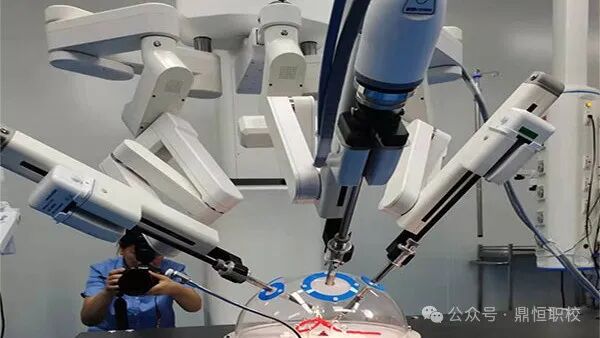
●●●
When it comes to healthcare,
do you think of doctors, nurses, and the smell of medicine?
But in modern hospitals,
there is a special group of “staff”
quietly changing the medical industry.
They are medical robots!
Don’t think of them as just cold machines,
they are warm “guardians of life”!
PART.01
Medical Robots: The “Superheroes” on the Operating Table
In the operating room, medical robots are no longer a novelty. Take the well-known da Vinci surgical robot, for example; it can perform complex surgical procedures through minimally invasive techniques, such as heart bypass and tumor removal.
Imagine, the doctor only needs to sit at the control console, directing the robot to perform the surgery with high-precision control handles, while the robot, with its stable “hands” and high-definition “eyes”, minimizes errors. This mode of human-robot collaboration not only increases the success rate of surgeries but also reduces patient suffering and recovery time.
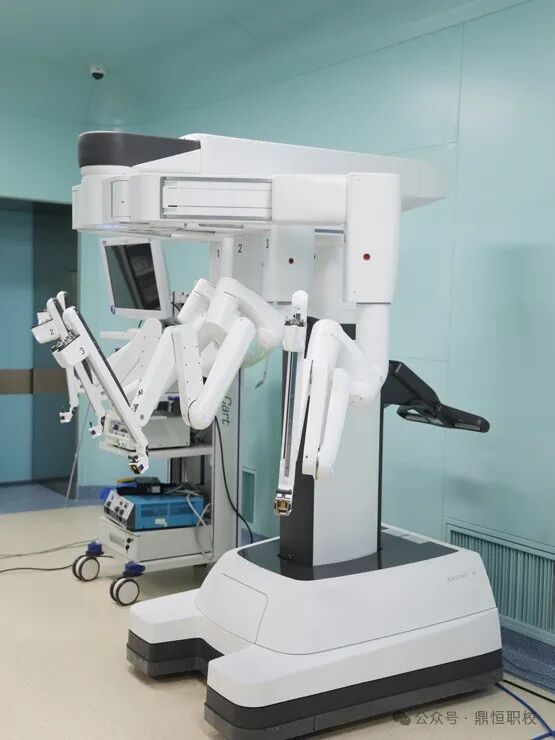
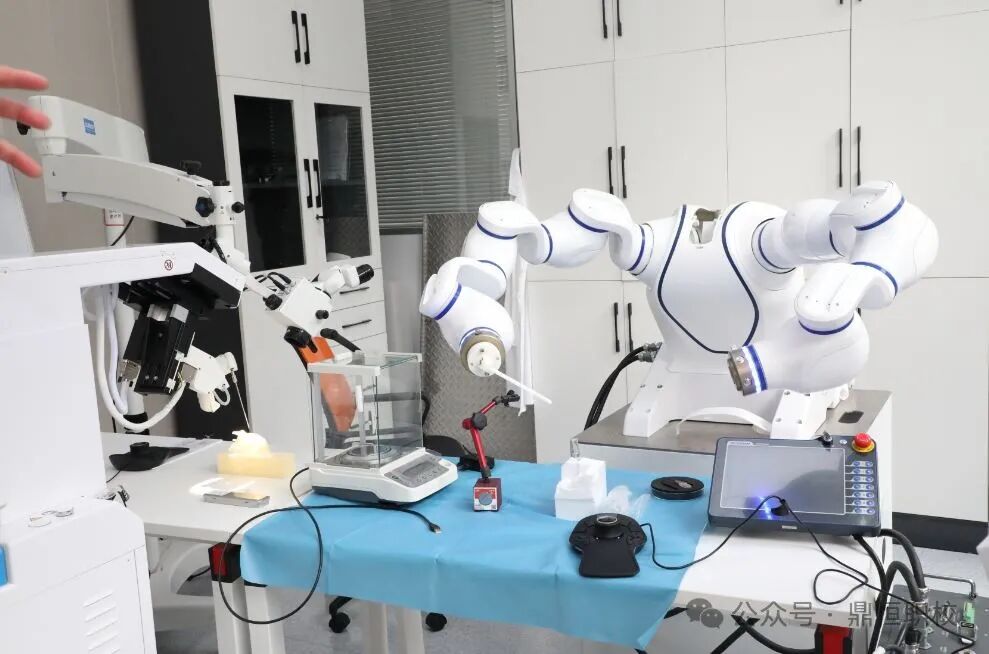
Medical | Medical
Medical robots
Fun Fact:The da Vinci surgical robot has been in use for over 20 years and has completed millions of surgeries worldwide, making it a veteran in the medical field.
PART.02
Nursing Robots: The “Caring Little Cotton Jacket” in the Ward
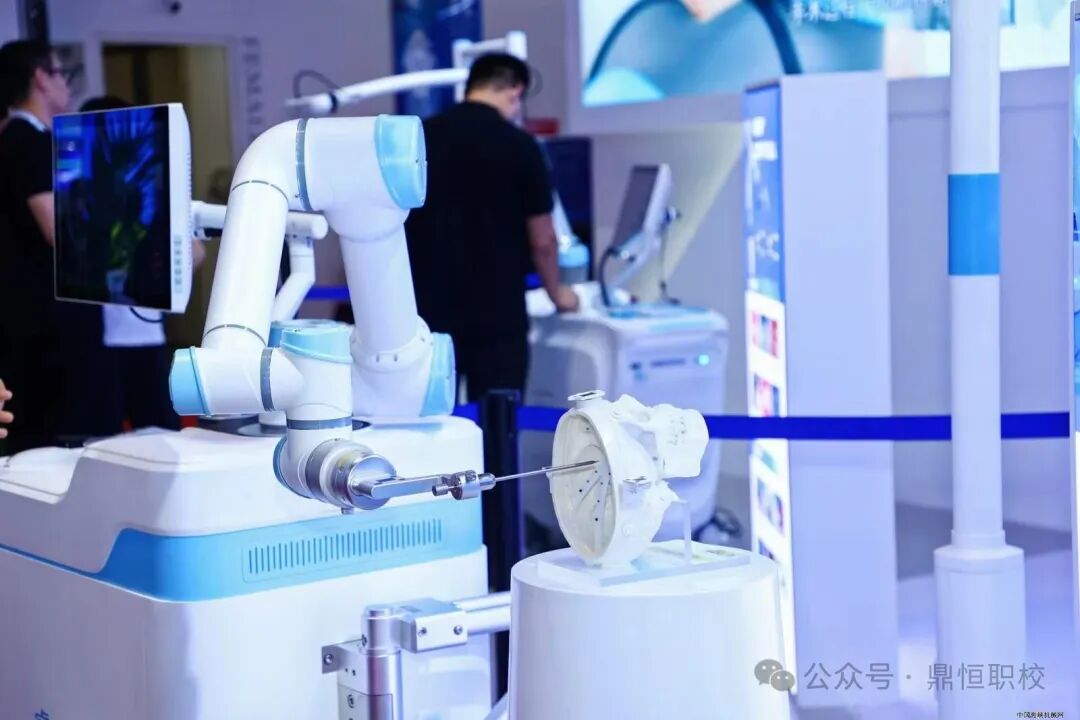
In addition to the operating room, medical robots also shine in the wards. Nursing robots can help patients with medication delivery, temperature measurement, heart rate monitoring, and even chat with patients to alleviate their boredom!
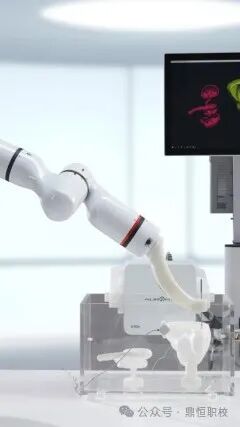
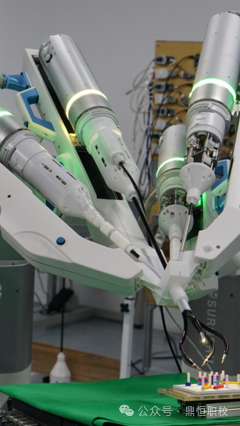
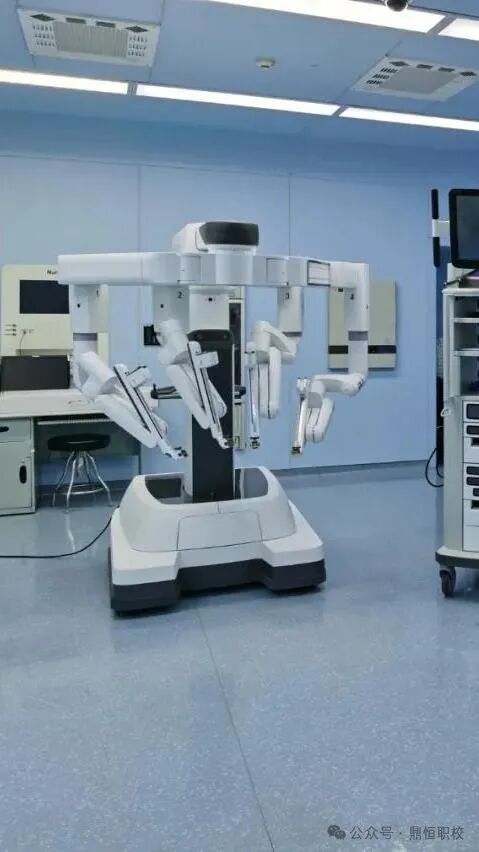
For the elderly with limited mobility or patients who are bedridden for long periods, these robots are simply “life assistants”. They not only alleviate the workload of healthcare staff but also provide patients with more care and warmth.
PART.03
Rehabilitation Robots: Helping Patients Regain Confidence
Rehabilitation training is a long and tedious process, but with rehabilitation robots, everything becomes different! These robots can customize training plans based on the patient’s condition and adjust the training intensity in real-time through sensors.
For example, some rehabilitation robots help stroke patients relearn how to walk or assist paralyzed patients in regaining arm function. They act like patient coaches, accompanying patients step by step on their road to recovery.
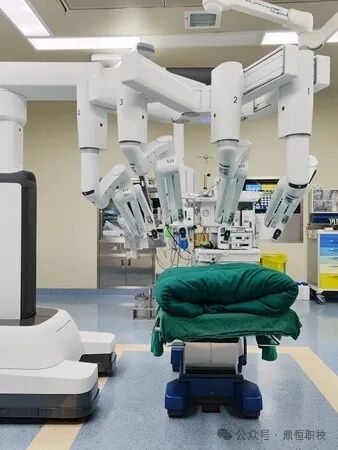
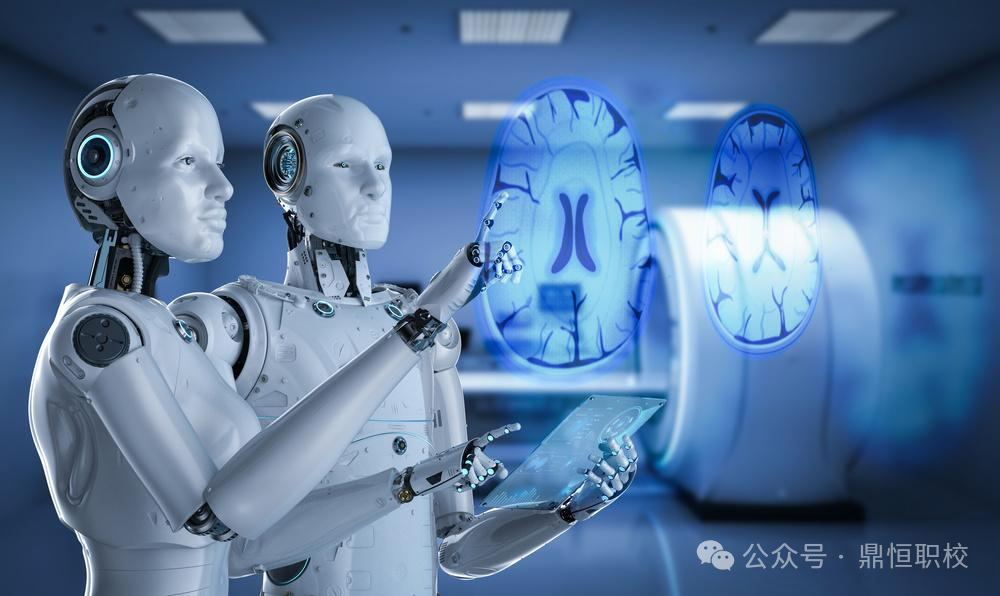
Medical | Medical
Medical robots
Reminder:Although rehabilitation robots are very intelligent, they cannot completely replace human therapists; they are more of an auxiliary tool.
PART.04
Professional Opportunities Behind Medical Robots
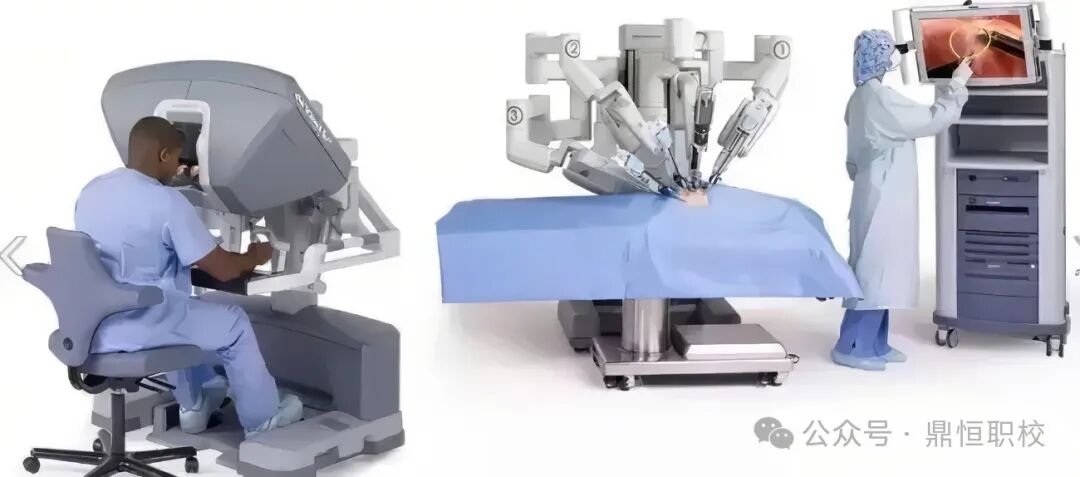
With the rapid development of the medical robot industry, the demand for related professionals is also surging. If you are interested in this field, consider the following directions:
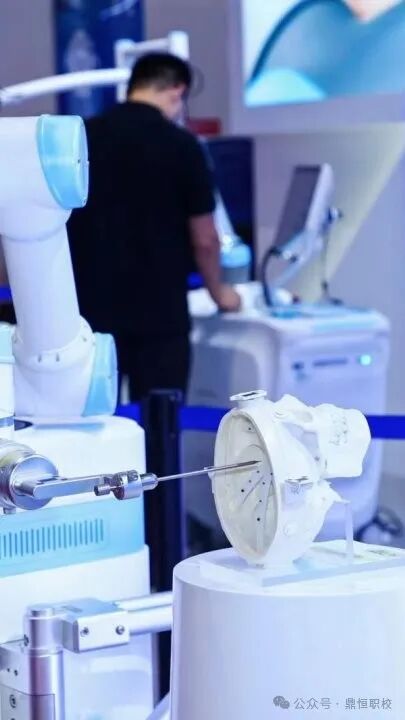
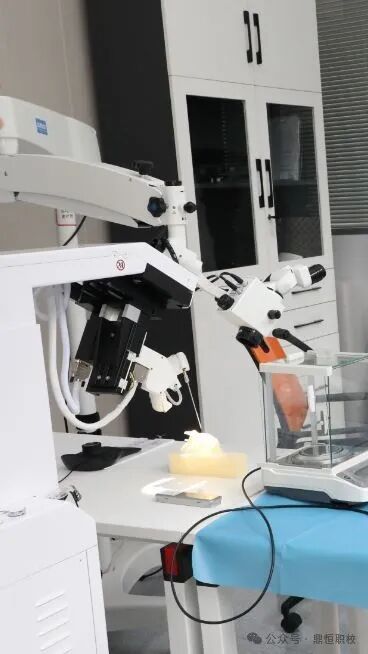
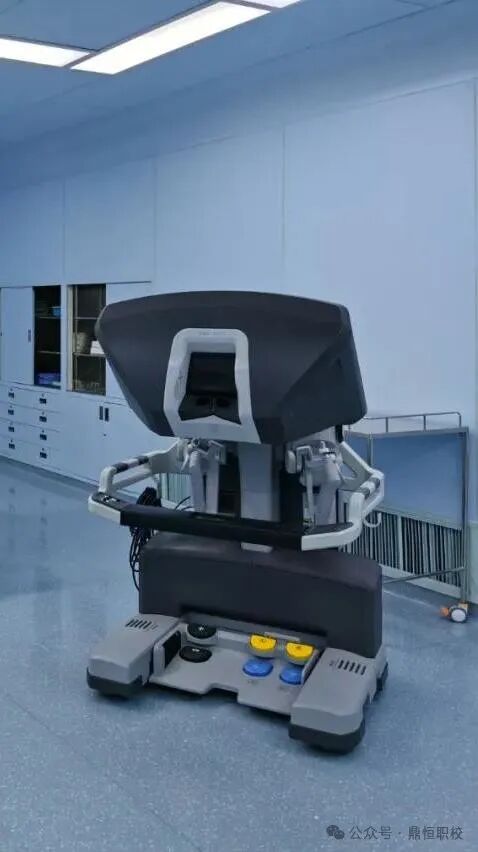
Robotics Engineering: Researching how to design, manufacture, and optimize medical robots.
Biomedical Engineering: Exploring the interaction between robots and the human body to ensure device safety and reliability.
Artificial Intelligence: Endowing medical robots with more powerful “brains” to enable them to make autonomous decisions.
Whether you enjoy hands-on practice or are passionate about algorithm programming, you can find your place in this field.
<<<
END >>>
Click to follow
Unlock more medical technology insights

This article is original from 【Chongqing Dingheng Vocational School Training】
Please indicate the source when reprinting
If you want to learn more interesting and practical skill sharing
Come and follow us!